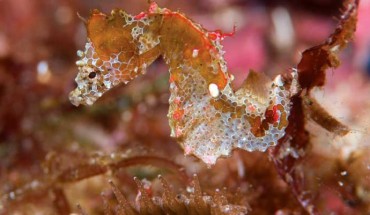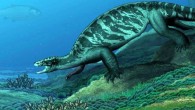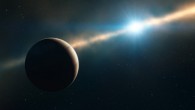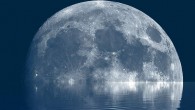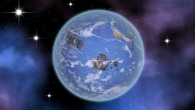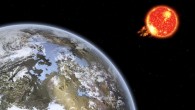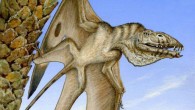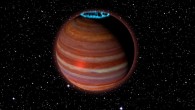An international team of marine biologists has discovered a new species of the seahorse genus Hippocampus in the waters off southeast Japan. Hippocampus japapigu, Hachijo-jima Island, Izu Islands, Japan from 33 feet (10 m) depth. Image credit: Richard Smith. Seahorses are a group (genus Hippocampus) of small fish belonging to the family Syngnathidae, which also includes pipefish and sea dragons. These creatures are named for the shape of their head,...

